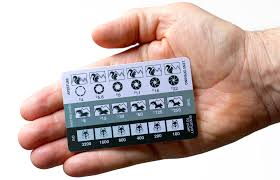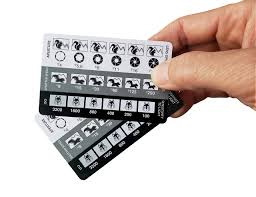Introduction
Understanding your camera’s features and functions is essential for capturing stunning images. This camera cheat sheet serves as a comprehensive guide to help photographers of all skill levels navigate the complexities of their cameras. We’ll break down seven critical aspects, providing you with an actionable reference tool that will empower you to take control over your photography with camera cheat sheet.
-
Camera Modes Explained
- Auto Mode: Ideal for beginners, Auto mode adjusts shutter speed, aperture, ISO, and white balance automatically, allowing you to focus solely on composition.
- Program (P) Mode: Offers more control than Auto, with manual overrides for exposure compensation or selecting specific apertures/shutter speeds.
- Aperture Priority (A/Av): Allows you to select the aperture while the camera chooses an appropriate shutter speed, useful for controlling depth of field.
- Shutter Priority (S/Tv): Enables setting the shutter speed while the camera selects the aperture, ideal for freezing action or creating motion blur.
- Manual (M) Mode: Grants complete control over aperture, shutter speed, and ISO for customized exposure in challenging lighting conditions.

-
The Exposure Triangle
- Aperture: Controls the lens opening size, affecting both the amount of light entering the camera and the depth of field.
- Shutter Speed: Dictates how long the camera’s sensor is exposed to light, impacting motion blur and overall brightness.
- ISO: Determines the camera’s sensitivity to light; higher ISOs can brighten dark scenes but may introduce noise.
- Balancing these three elements is key to achieving the perfect exposure and creative effects in your photos.
-
Focus Modes
- Single Point Autofocus (AF-S): Locks focus when half-pressing the shutter button, suitable for still subjects.
- Continuous Autofocus (AF-C): Continuously adjusts focus for moving subjects, often used in sports or wildlife photography.
- Manual Focus (MF): Allows the photographer to manually adjust focus, giving precise control over what part of the scene is sharp.

-
White Balance Settings
- Auto White Balance (AWB): Adjusts color temperature automatically based on the ambient light source.
- Presets (Daylight, Cloudy, Tungsten, Fluorescent, etc.): Designed for specific lighting scenarios to ensure accurate colors.
- Custom White Balance: Measures the color temperature from a neutral target within the scene for precise color correction.
-
Metering Modes
- Matrix/Evaluative Metering: Evaluates the entire scene, averaging out the exposure for balanced results.
- Center-weighted Metering: Prioritizes the center of the frame, good for backlit or high contrast scenes where the subject is centered.
- Spot Metering: Measures a very small area of the scene, typically 1-5%, useful for high precision exposures in complex lighting.

-
Drive Modes
- Single Shot: Captures one image per shutter press, standard for most situations.
- Continuous High/Low: Takes multiple shots continuously at different rates, beneficial for action sequences.
- Self-timer/Bulb: Self-timer delays the shutter release for self-portraits or to reduce camera shake, while Bulb mode keeps the shutter open as long as the button is pressed, great for long exposures.
-
Lenses and Accessories Overview
- Prime vs Zoom Lenses: Prime lenses have fixed focal lengths and often provide better low-light performance and sharper images, while zoom lenses offer versatility in framing.
- Focal Length: Affects perspective and framing, from wide-angle (suitable for landscapes) to telephoto (for portraits and distant subjects).
- Accessories: Including filters for color correction, polarizing for reducing glare, tripods for stability, and flashes for additional light sources.

Conclusion
Armed with this camera cheat sheet, you now have a deeper understanding of the fundamental components that make up your camera’s functionality. Practice regularly with these settings and techniques of camera cheat sheet to refine your skills and unleash your creativity. Remember, every camera model may have unique variations, so consult your camera manual for specifics. With time and practice, you’ll be able to intuitively adjust your camera settings to capture the perfect shot in any situation without a camera cheat sheet.